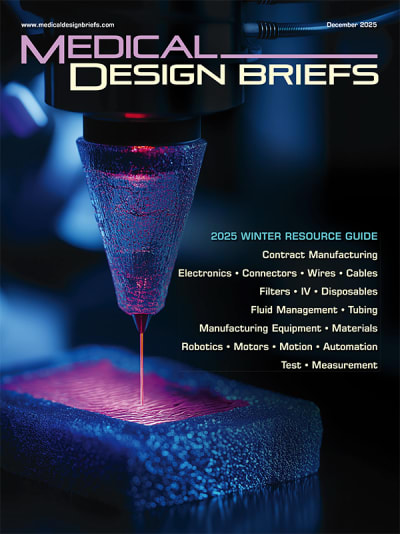An aqueous “Water-in-Salt” battery developed by researchers from the University of Maryland and the U.S. Army prevents risks related to fire, poisonous chemical exposure, and environmental hazards. The safe, non-flammable batteries could be used in medical devices like pacemakers.

The researchers employed a type of water-based electrolyte containing ultra-high concentrations of a carefully selected Lithium salt. The electrolyte transformed the battery’s chemistry, resulting in the formation of a thin protective film on the anode electrode for the very first time in a water-based battery.
Known in battery science as a “Solid Electrolyte Interphase (SEI),” such a protective and stabilizing film supports the high performance of lithium-ion batteries. SEI capabilities had previously only been achieved in non-aqueous electrolytes.
The formation of an anode/electrolyte interphase in the “Water-in-Salt” electrolyte allowed the engineers to break the inverse relationship between cycling stability and high voltage, and to achieve both simultaneously.



